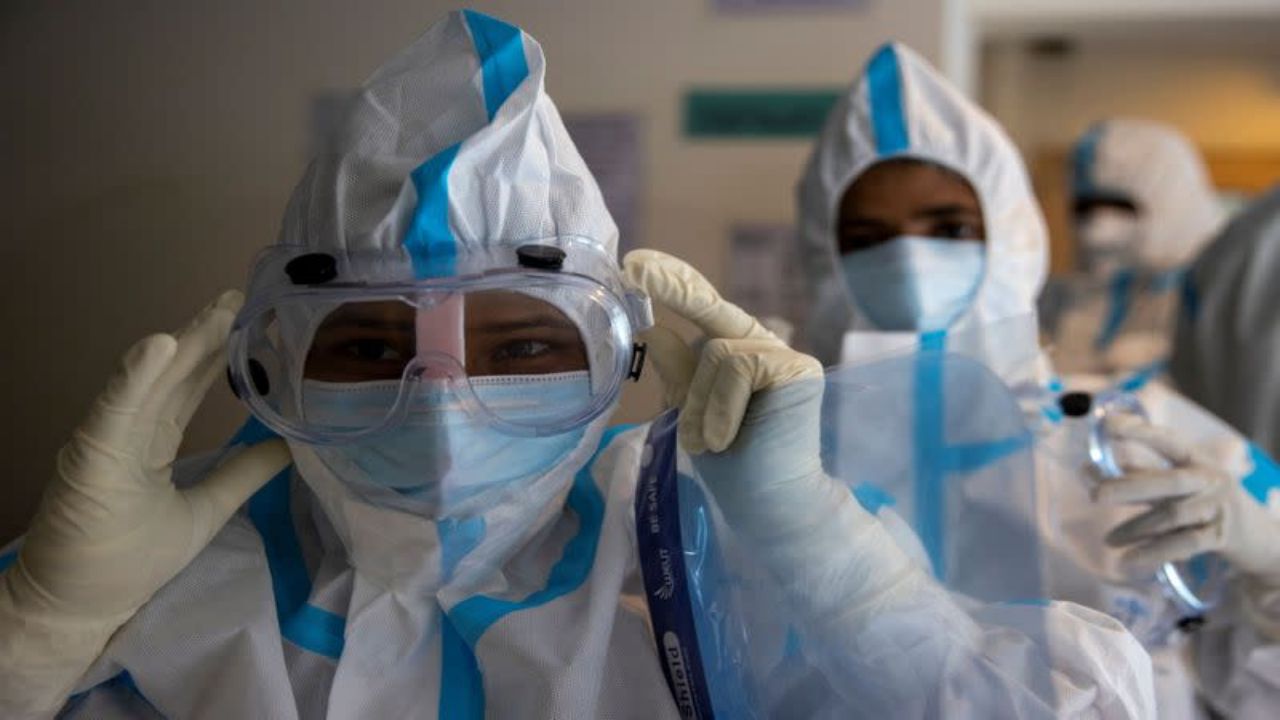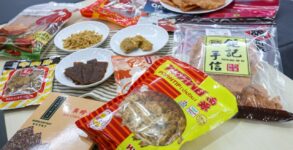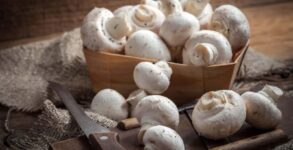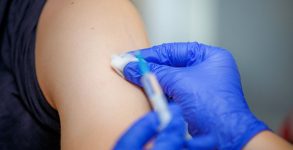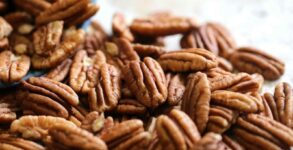Researchers have described a less expensive way to isolate and identify nanobodies, or tiny antibodies, derived from llamas, targeting various parts of the SARS-CoV-2 spike protein.
The findings from Rockefeller University, US, are expected to make discovering nanobodies that target SARS-CoV-2 or other viruses easier for scientists around the world.
The findings are reported in the Journal of Biological Chemistry.
COVID is not yet under control. The virus causing it continues to mutate and elude us despite a bevy of vaccines, monoclonal antibodies, and antivirals.
”COVID is clearly going to be a problem for some time,” said Rockefeller’s Michael P. Rout.
The authors have already used this optimized method to identify multiple nanobodies that appear to work against key variants of the virus, including omicron.
”Our method is more straightforward and less expensive than existing techniques,” said Rout.
”We show that many of the nanobodies we have identified with this method target variants-of-concern, so they have real therapeutic potential,” said Rout.
”You do need a llama, but that, along with all the most complicated parts of the process, can be outsourced,” said Rout.
Partly owing to their compact size, nanobodies could work where larger antibodies fail.
Nanobodies can squeeze into parts of the SARS-CoV-2 virus that larger antibodies cannot reach, studies have shown.
Theoretically, these nanobodies could be inhaled because of their unique physical properties, the study said.
Nanobodies also have unusually long shelf-lives and cost very little to mass-produce.
Llamas, belonging to the family Camelidae, naturally produce nanobodies when exposed to a virus, much the same way humans produce antibodies.
Rout and colleagues have developed enormous libraries of promising SARS-CoV-2 nanobodies by giving a small dose of COVID protein to llamas.
According to the study, the scientists sequenced the nanobody DNA obtained from the blood samples of the llamas and then transferred key genes to bacteria, which, in turn, produced many more nanobodies for lab analysis.
But screening these nanobody libraries to see how well they work and which variants they work against can be time-consuming and expensive.
Rout and colleagues have long relied on the ”mass spectrometry” technique, which works extraordinarily well but requires expensive equipment and substantial expertise to perform.
They wondered whether a recently discovered ”yeast display method”, which was potentially far less expensive and simpler, could also effectively sort through their nanobody library.
Rout, in collaboration with Rockefeller’s professor Fred Cross, started by first optimizing the yeast display method. The two heads-of-lab took the unusual step of performing most of the benchwork themselves, the study said.
They then used their optimized method to screen a library of nanobodies that they had previously screened with the mass spectrometry technique.
They found that their version of the yeast display method not only identified many of the same nanobody candidates as the other approach, but also identified numerous other candidates that they had missed.
”The method is not ours,” Cross clarified. ”But we made it simpler.” The relatively simple and low-cost procedure described in the paper could empower laboratories in low-resource areas to generate nanobodies against SARS-CoV-2, as well as other viruses.
”A researcher anywhere in the world, with fairly limited resources, could use this technique,” said Rout. ”The llama-related stuff could be FedEx-ed from North America.” The study expects that such techniques will lower the bar for entry into nanobody research for Covid and produce therapies to prevent infection.
”How we’d make the therapeutic is unestablished, as yet,” said Cross.
”The specificity is there and the activity is there, but we don’t have a drug yet. It’d be nice if we did. Hopefully someday.”

